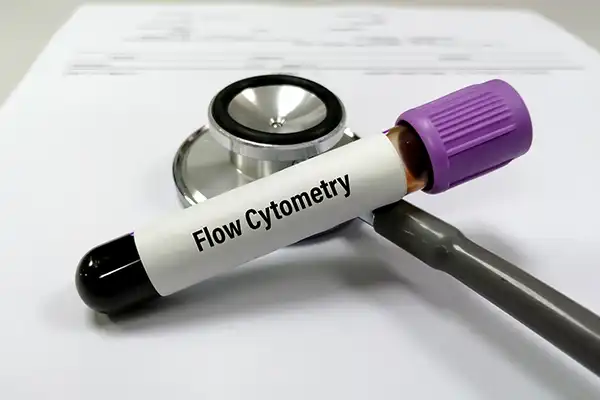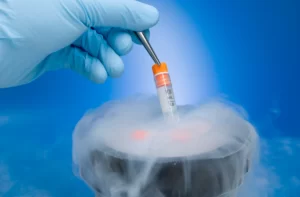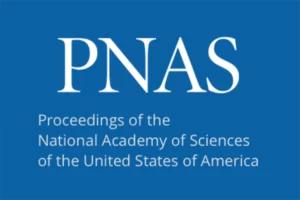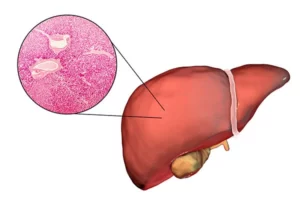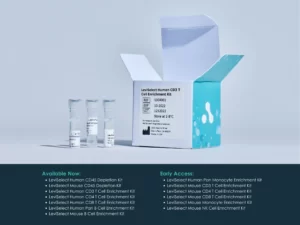Flow cytometry sorting is widely used to isolate specific cell populations based on the unique set of proteins on each cell’s surface. While there are many advantages to flow cytometry, there can also be challenges.
1. Limited resolution: The method (detection of fluorescent excitation) used to identify cells is disrupted by factors such as the concentration of cells, intrinsic autofluorescence from cells, and clusters of cells.
2. Cell loss: The physical features of flow cytometers can exclude the use of samples with low cell numbers, especially for rare cell enrichment (Bhagwat 2018), since too many cells disappear during their journey through the cytometer.
3. Cell damage: Most flow cytometers expose cells to higher pressures. When cells rapidly move out of these higher pressures, they experience biological stress and physical damage from decompression, like a scuba diver rising too quickly from the deep ocean.
4. High cost and effort: Flow cytometers are expensive ($80,000 or more), and antibodies must be tested and effectively titrated before use.
5. Complexity: Researchers need in-depth knowledge of their cells’ biology, technical expertise of the specific flow cytometer and the fluorescent markers to use, and the ability to interpret data from specialized software.
It’s a complicated process. Not every sample needs flow sorting, but nearly every sample needs cleanup or cell enrichment before moving to the next step. Enter the LeviCell™ system, which works in tandem with—or instead of—flow sorting to deliver a sample enrichment technique that reduces the five limitations of flow cytometry.
Our research snapshot further illustrates how this enrichment leads to increased viability. Join us as we continue to dive into our blog series on single-cell analysis techniques. We’ll continue to show you how our LeviCell solutions move you beyond pitfalls and limitations—ensuring you stay on track.

